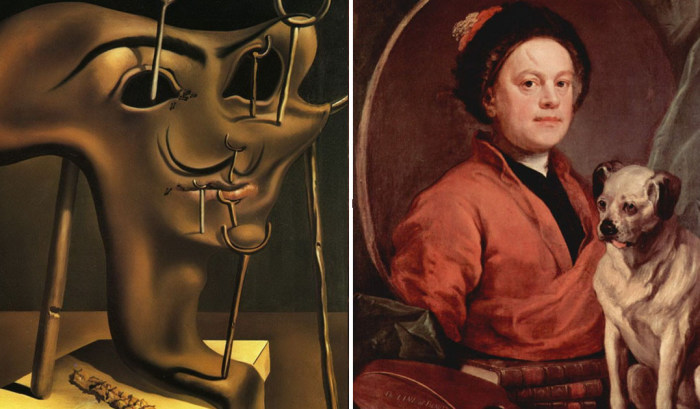admixture
Aesthetics and the importance of music in the history of human formation
 Musical aesthetics exists more than the culture of music as an independent art form. Musical aesthetics was similar to labor, appropriation, submission of the unknown. It carried such functions as organization and augmentation of energy, spiritual forces vital to society. There is no need to talk about aesthetic pleasure at this stage of development. Music and other forms of art in prehistoric times were considered useful in terms of their magical properties, combining the illusory with the real.
Musical aesthetics exists more than the culture of music as an independent art form. Musical aesthetics was similar to labor, appropriation, submission of the unknown. It carried such functions as organization and augmentation of energy, spiritual forces vital to society. There is no need to talk about aesthetic pleasure at this stage of development. Music and other forms of art in prehistoric times were considered useful in terms of their magical properties, combining the illusory with the real.
Music shaped the nature of man, his abstract thinking, developed sensuality. Thus, music through influencing the essence of man and society influenced the world around him. Continue reading
About music
 It is known about music that:
It is known about music that:
everyone listens to her, some compose and perform;
modern music is created on the basis of theory, musical notation, knowledge of the secrets of harmonies, methods of construction, analysis of musical forms, the nuances of psychological impact;
musical culture did not arise overnight, but went a long way before becoming what it is now;
when music was considered exclusively a tool for subjugating the unknown, the forces of nature, spirits, a source of spiritual energy of society;
she went through various stages of development, from purely ecclesiastical art, canonicity and collectivity to individualism; Continue reading
A LITTLE ABOUT WALL PAINTING
 FRESCO
FRESCO
Fresco (derived from ital. fresco, literally-fresh) – one of the techniques of wall painting. The painting is written on raw plaster paints diluted in water. When dried, a film is formed on the surface, which protects the fresco, making it extremely durable. The fresco was known already in the period of Aegean culture (2 thousand years BC), but its heyday falls on the Renaissance. Artists of this era used multilayer polished soils with the addition of marble dust. Outstanding masters of fresco painting of the Renaissance were Michelangelo and Raphael. In Christian culture, the fresco has become a favorite way to decorate the inner and sometimes outer walls of the temple.
Today, a fresco is called any wall painting. Continue reading




